Here are some of the cars displayed at the Ulster Transport Museum. It's amazing to see them in front of you. How you imagined them on the roads in the past and how cars progress until the present day.
Ford Model T

Year of manufacture: 1911
Maker: Ford Motor Company, Detroit, Michigan, U.S.A.
The Model T is the car on which the Ford Empire was built. Over 15 million were made between 1908 and 1927, using an assembly-line system that reduced costs and made this "the first affordable automobile".
Nicknamed " Tin Lizzie", the Model T have ordinary people the chance of owning a car. Light but rugged, it's high ground clearance made it ideal for the dirt roads in rural America.
This example was imported from America for a wealthy Co. Donegal buyer. With extras, it cost £197.50.
Henry Ford, whose grandfather had emigrated to the USA from Cork, built his first car in a workshop behind his Detroit house in 1896. Seven years later he started the Ford Motor Company. Ford's innovations assembly line production, good design and marketing helped the company become an international giant of the motor industry. By 1921, Model T's were being built in Cork.
Ford Mondeo
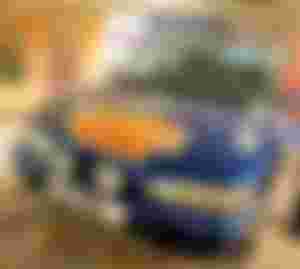
This is one of the two cars that made the first-ever attempt, in the winter of 1993-1994 to drive eastwards over land all the way from London to New York.
The car is a works special Mondeo with a 2-litre fuel-injected engine, four-wheel drive, traction control and anti-lock brakes.
The Ford London-New York Overland Challenge took a team of eight and the two cars more than 25000 kilometres (15800 miles) across two continents.
The planned route went through Europe, Asia and Siberia, across the Bering Straits to Alaska and through Canada and the USA. The challenge was undertaken in winter when the sea of the Bering Straits is normally frozen and drivable, but 1994's weather was uncooperative. The ice was too thin so the team had to complete the crossing on foot and by air. However, the Mondeos took over again and made it to the finish in New York.
Sunbeam Grand Prix
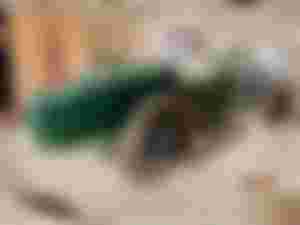
Year of manufacture:1924
This Sunbeam Grand Prix is one of the most famous racing cars from the early years of motorsport. It won many classic races, with some of the greatest drivers of the 1920s.
This example dates from 1924, when the Sunbeam Motor Car Co., maker of high-quality vehicles, get involved in racing as a way of trying out new technology, and as a great way of publicizing their products. Its best-known driver was land speed record holder, Sir Henry Seagrave.
It won the 1924 Spanish Grand Prix with Seagrave and built a distinguished record over the next ten years, notably at the Brooklands circuit in Surrey. It 'retired' to Northern Ireland in 1934 but continued to compete in Irish road races.
Riley Kestrel Sprite

Year of manufacture: 1936
Maker: Riley Car Company, Coventry
The cars made by Riley in the 1930s were designed to appeal both to motoring enthusiasts and the style-conscious. The Kestrel Sprite was "meant for boys and girls who come out to play".
With such equality-minded advertising, sporty performance, and a £398 purchase price, the Kestrel Sprite was aimed at young and fairly wealthy customers. The car was the 'sport' version of the Kestrel saloon, with a more powerful Sprite engine and 'fastback' body.
Riley's comfortable, well-equipped cars. The Kestrel Sprite had several advanced features, including a sunroof, an opening windscreen, a remote-controlled anti-dazzle blind for the rear window, an easy-access spare wheel, and a fitted toolbox in the engine compartment.
This example has an English registration number. It was bought their directly from the Coventry factory by the Rev. R Stone of Killyleagh Co. down. He drove it until 1957 when it was taken over by his daughter, Mary, who used it every day until at least 1963.
Sunbeam 16/40 HP Tourer

Year of manufacture:1922
Maker: The Sunbeam Motor Car Co. Ltd. Wolverhampton
This is a car with a long history. Although it was bought new in 1922, the Sunbeam 16/40 was based on the 1912 design. It was owned by members of one County Antrim family for 64 years.
Except for the war years 1939 to 1945, it was in regular use until 1958. Sunbeam cars were known for their reliability! Even the paint was long-lasting: this car was bought in 'dreadnought grey' but you are seeing its 1930 repaint in sea green.
Sunbeam was an 1888 company. A maker of cycles motorbikes and later, cars and aircraft engines it had a reputation for quality and innovation. The company's great years with the 1920s, when the chief designer uses Sunbeam racing cars as a testbed for developing powerful engines for its range of production cars.
Lanchester Ten

Year of manufacture: 1952
Maker: The Lanchester Motor Co. Ltd., Coventry
The second half of the 1900s saw the rise of giant international car brands. But for a few years in the 1950s, it was still possible to buy a car with a name from the pioneer days of motoring.
In 1896, Lanchesters had been the first cars to be wholly designed and built-in Britain. Lanchester Motor Company was bought out by BSA, owners of the Daimler marque, in 1930, but the 1946 'Ten' seen here was still given the old name.
Daimler's idea was to appeal to customers who might put tradition and quality above technology or price. Indeed, the 1946 Lanchester Ten was craftsman-built, beautifully smooth-running and very expensive. Even in the 1950s, it had a reputation as "a car for old ladies".
What happened to Lanchester cars next shows hows today's big companies developed. Daimler was bought by Jaguar in 1960, Jaguar by Ford in 1999 and Ford by Tata Motors of India in 2008. However, Lanchester is still a registered Company ('active, non-trading').
DeLorean



Year of manufacture: 1981
Maker: DeLorean Motor Company, Dunmurry, Belfast
This iconic was built in 1981 at the De Lorean factory near Belfast, the product of highly-publicised , costly and ultimately unsuccessful attempt to create a specialist car manufacturing industry in Northern Ireland.
The car itself was developed by Colin Chapman (Lotus Cars Ltd.) and designed by Georgio Giugiaro. With it's stunning performance - top speed 135mph (217.2 kph), 0-60mph - and beautiful design, it seemed to be an excellent car.
The DeLorean is probably most famous for his appearances in the Back to the Future films. This example was one of the first of the assembly line. It was driven continuously for 50,000 miles by members of the Ulster Automobile Club for its US emissions certification test.
The factory was located in Northern Ireland after formal General Motors high flyer John DeLorean secured British government support. Good though the car looked, the windows leaked and the engines seized; but in the end it was let down by unrealistic sales projections. Despite further government cash, the factory closed in 1982.

And if you wonder how the Old Garage looks like, this is it!
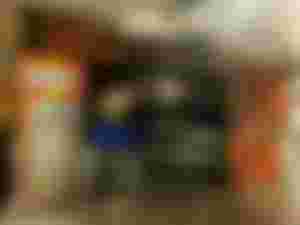
Thank you for reading.

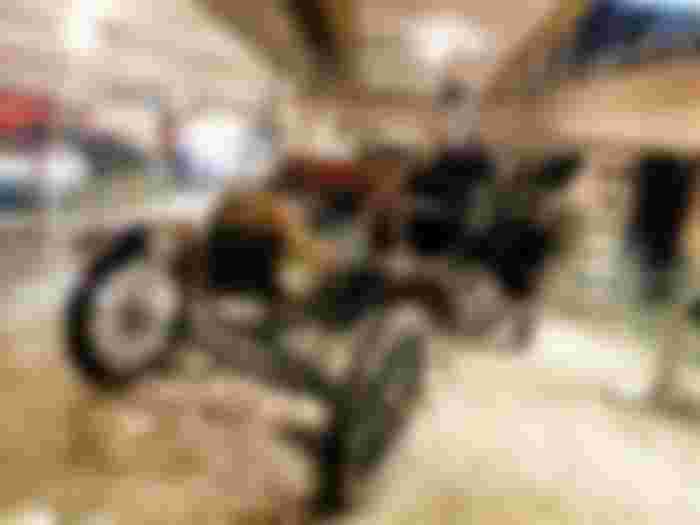
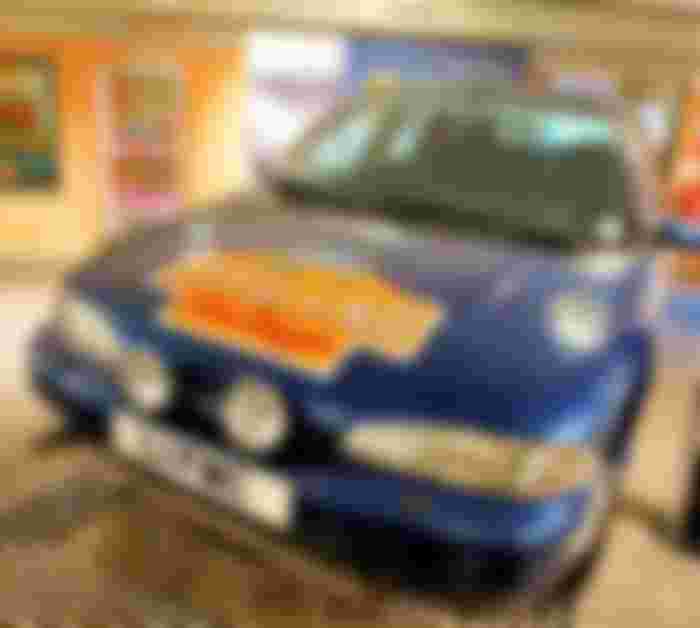

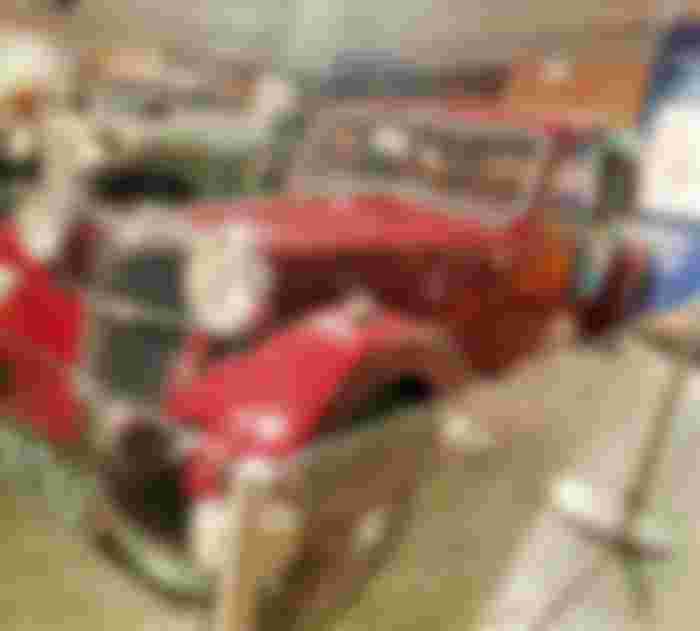
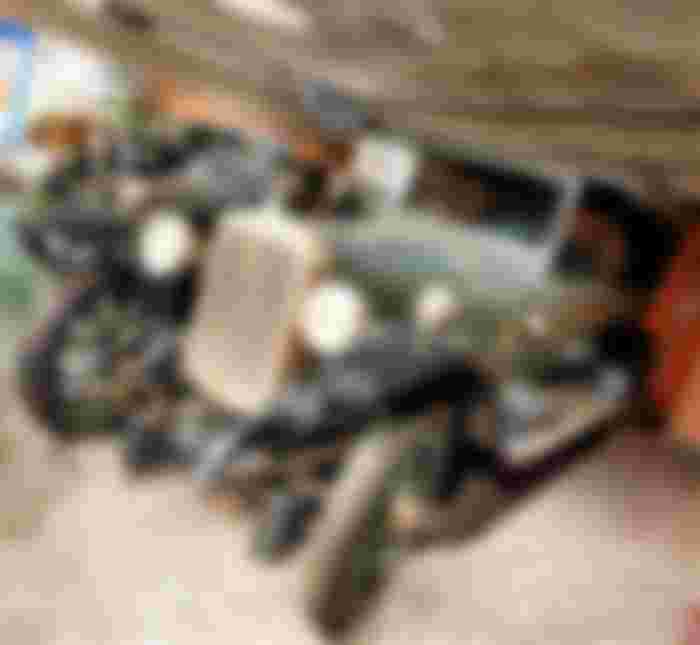
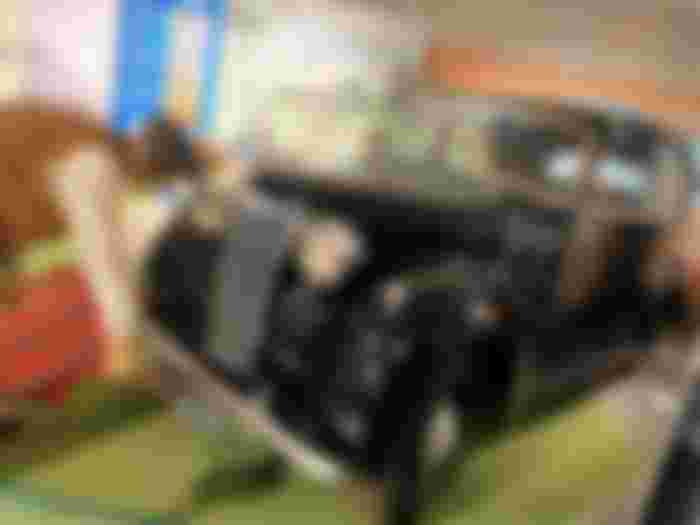


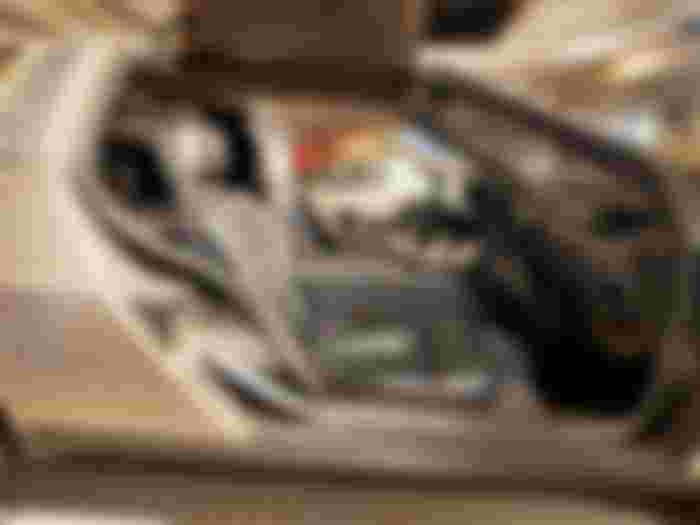

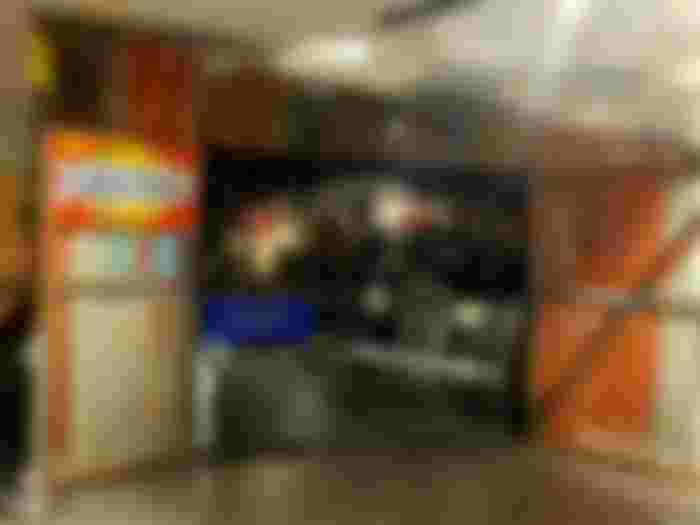

Wow, it seems like i'm on my history class again n travelling back in time n would u believe that the car i knew before way back then's volkswagen po, lol o ung tntwag po nlang kotseng kuba po, lol